Features
- Dynamically balanced (Low operating vibration).
- Proven high technology.
- Monolithic head.
- Thermally protected motor.
- Designed and tested per agency standards.
- Inlet filter/exhaust muffler.
Description
Waldent Compressor Oil free Head easily operates on 2 battery inverter. It has Internally coated tank for protection from rust. This compressor is supplied with air regulator. Its consists of two pressure gauges, automatic cut off switch, safety valve, non return valve, on / off valve. The oil-free compressor can be operated without any lubricant. This compressor can effectively purify the impurities in the air. It has simple structure, and can be easily operated, it is low maintenance device.
Specifications
- Size : 27 x 13 x 19 cms.
- It can serve ample pressure to a 1 ltr spray gun.
- Oil-less operation (Clean air stream, less maintenance) Silent, low noise below 55db.
- Power: 500W or 0.75 HP.
- Air Container Volume: 35 Litre.
- Noise: 55 db.
- Max Pressure: 115 PSI.
Packaging
- 1 x Waldent Compressor Oil Free Head
Direct to Use
HOW DOES THE DENTAL AIR COMPRESSOR WORK?
- A dental air compressor pressurizes atmospheric air for use in dental procedures.
- After capturing and compressing oxygen, it cleans and dries the gas and stores it away to be used for handsets, drills, and other types of units that need out ultra-clean compressed air to function.
MAINTAINANCE :
- A great advantage of having an oil-free air compressor is the minimal amount of maintenance it requires–the permanently lubed pump cylinder requires no further lubrication, which means no oil changes.
- Check the air compressor safety valve.
- Plug the compressor in and run it until it reaches shut-off pressure.
- Pull out on the safety valve ring to release pressure from the tank.
- The valve should close automatically by itself. If the safety valve doesn’t close automatically, or if it doesn’t allow the release of air when you pull it out, replace the check valve.
- Drain the air compressor tank
- The air drawn into the air tank on your compressor contains water vapor that condenses like rain inside the tank.Drain the tank of water after every use.The drain valve is located underneath the tank at the very bottom. Be sure you open the drain valve all the way and allow the tank to drain completely.
- Check the air compressor air filter.
- The location of the air filter varies by air compressor model, but most often it’s located underneath the plastic housing around the head–check your owner’s manual for the exact location of yours.
- If the air filter is made of paper or felt, replace it once it shows signs of dirt buildup or wears.
- If the air filter in your model is a foam filter, you should be able to clean it with soap.
- Let the filter dry completely before reinstalling.
- Replace the foam filter if it’s damaged or worn.
- Visually inspect the air compressor.
- Inspect the hoses, valves, and seals for cracks or signs of wear, and make sure fittings are secure.
- Check the power cord for damage or fraying and replace it if you find any damage.Check the air tank for pinholes, rust or weak spots.
- If any damage is found, replace the tank–never try to repair, weld or drill into the tank.
Warranty
- This product does not carry any manufacturer/importer warranty



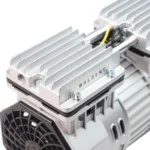



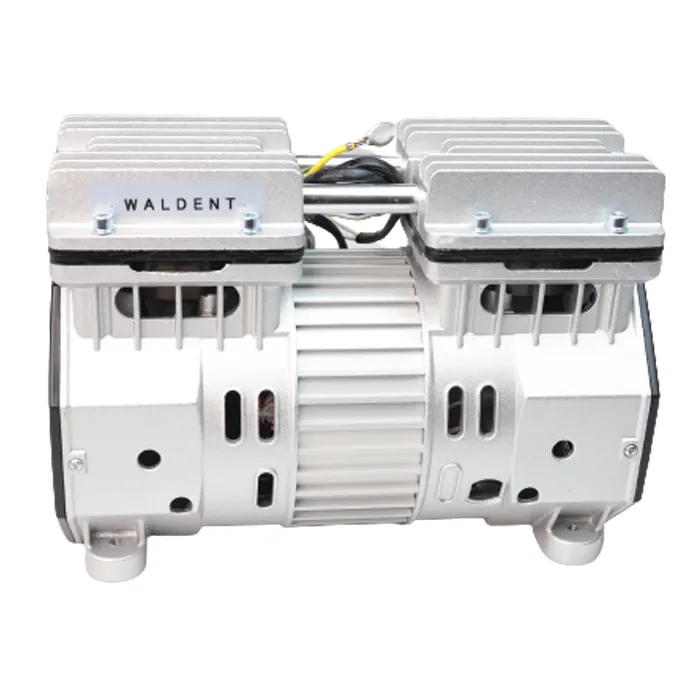
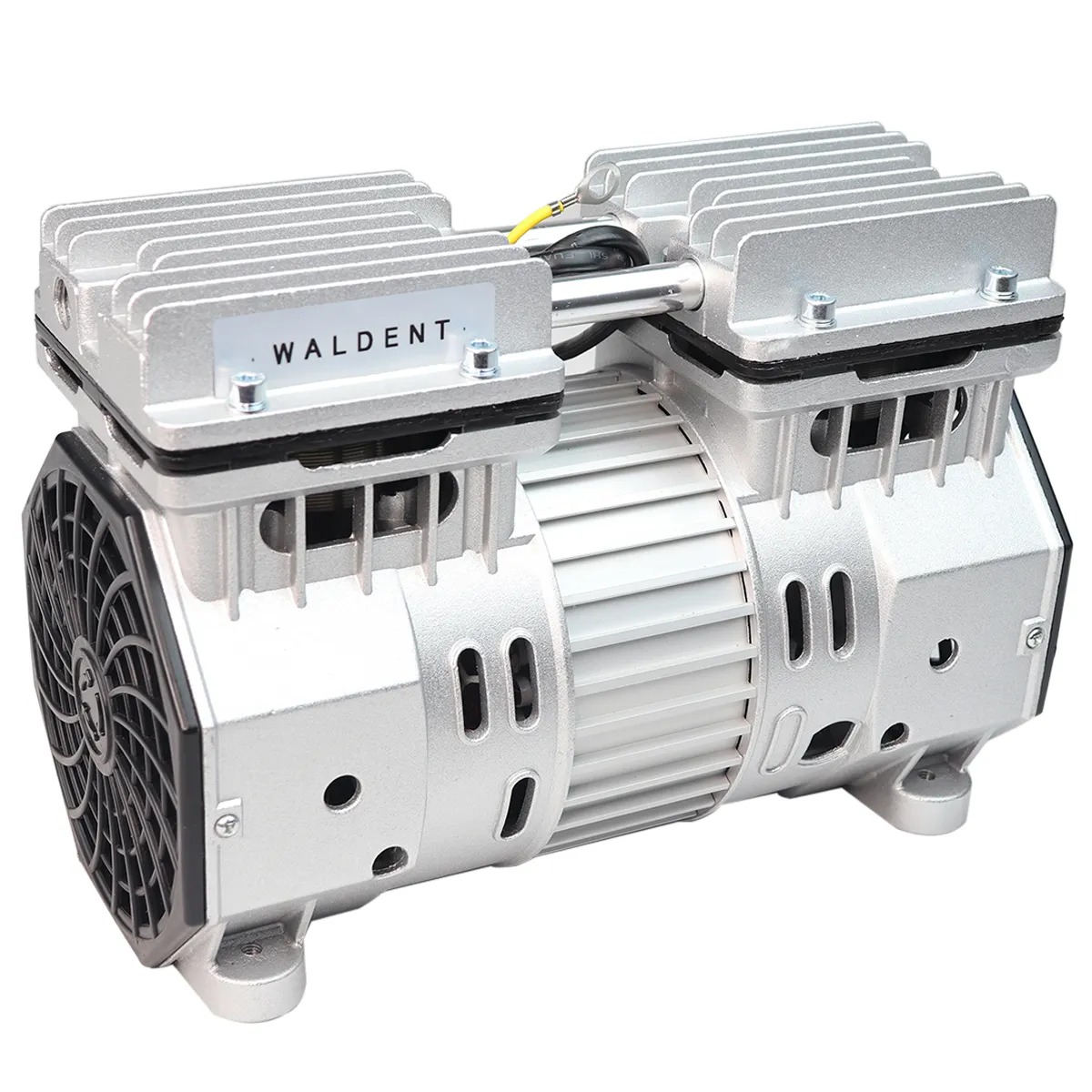

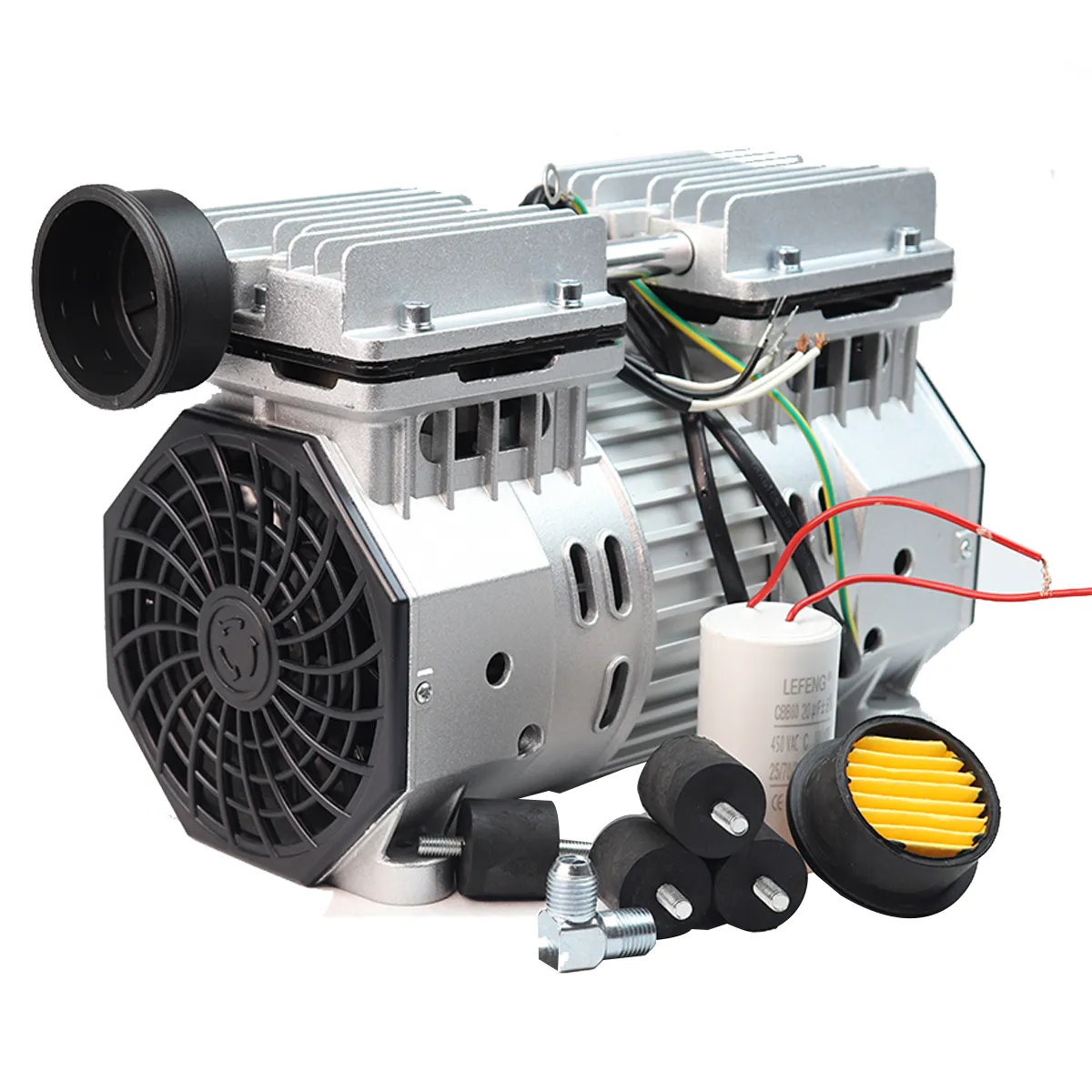
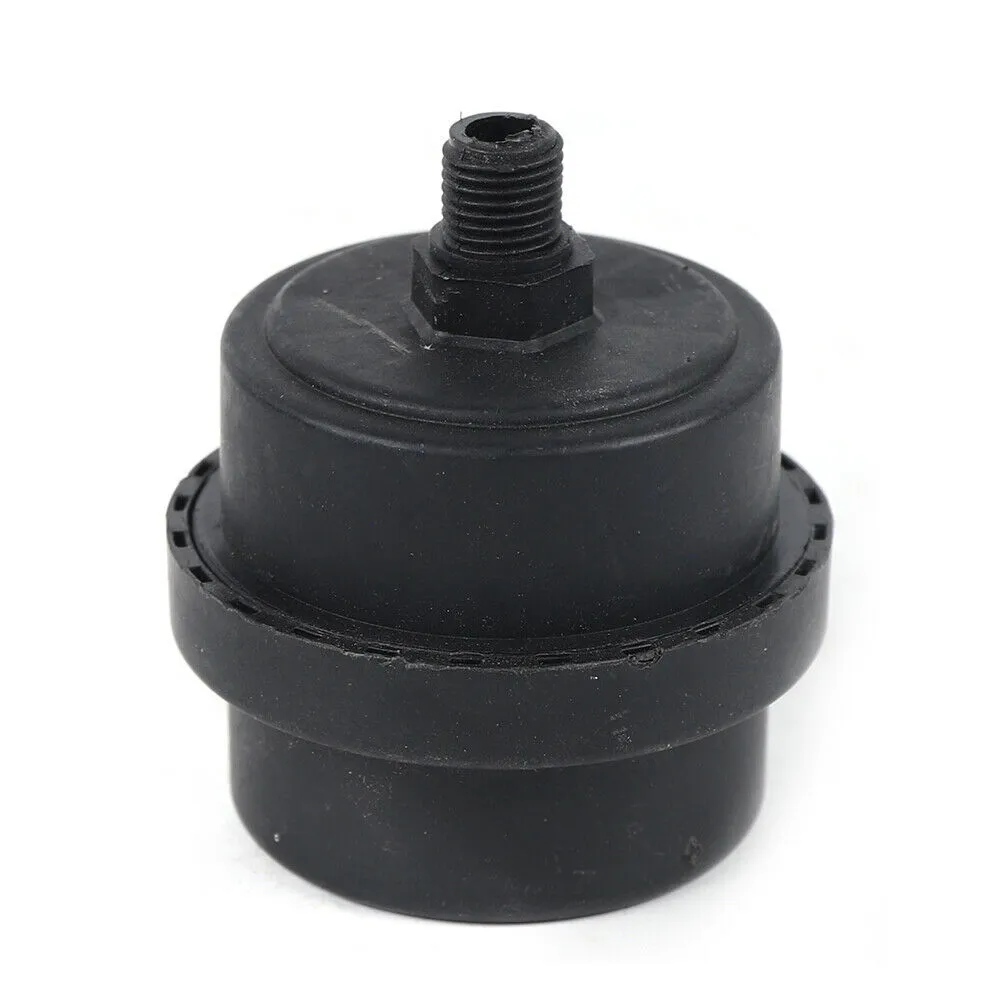









Reviews
There are no reviews yet.